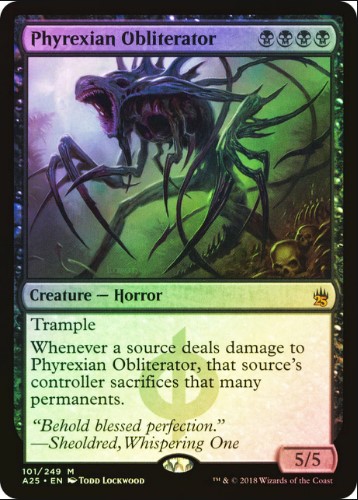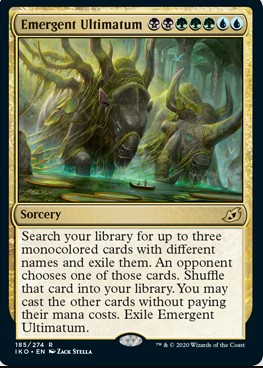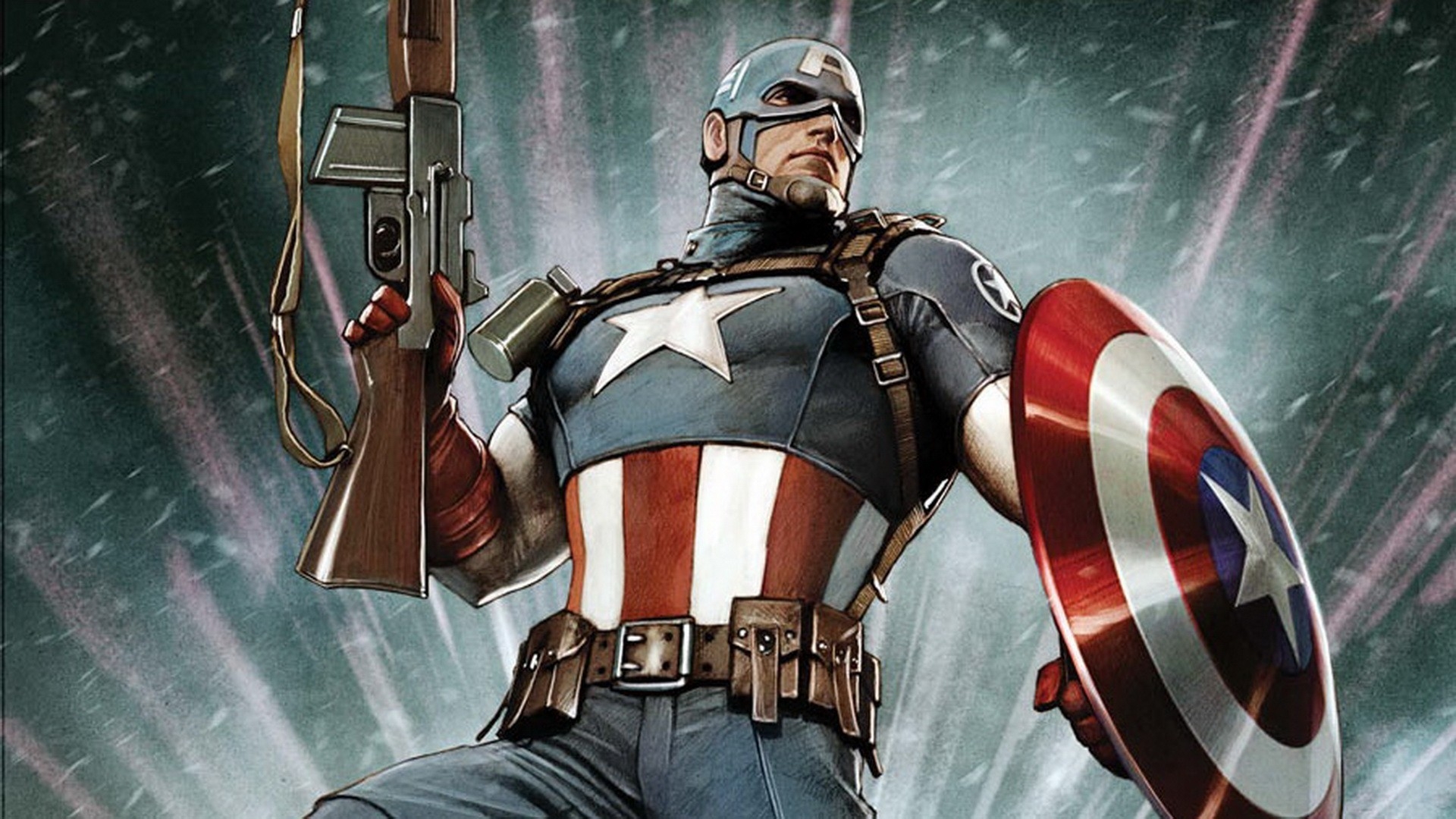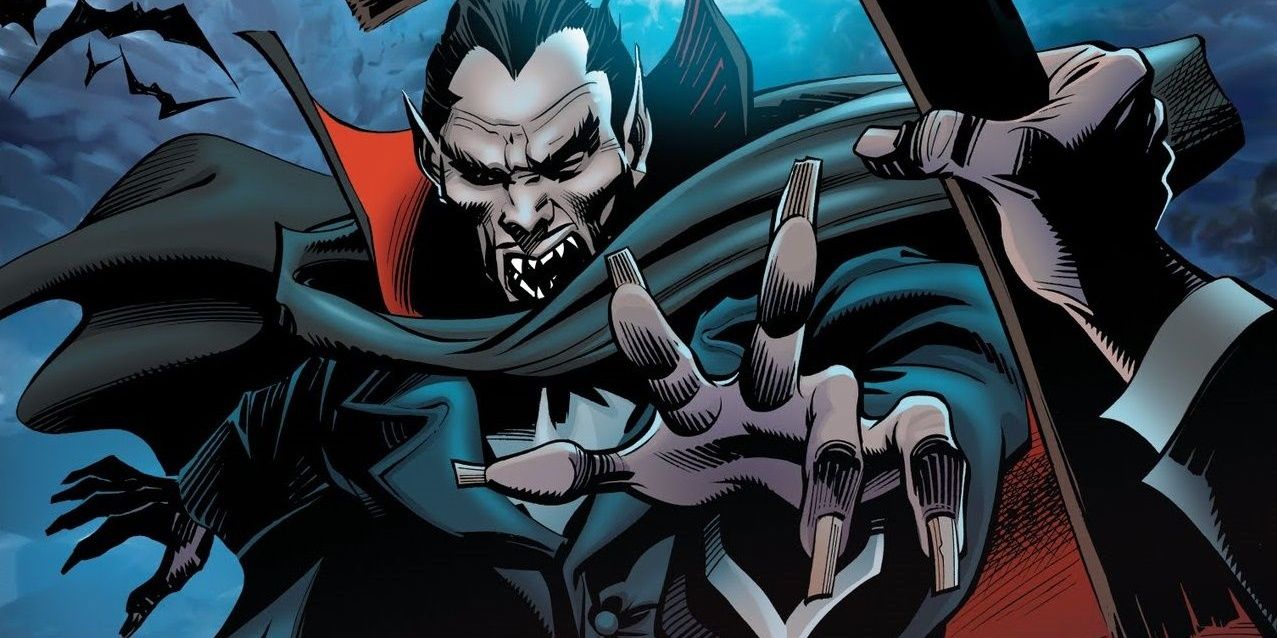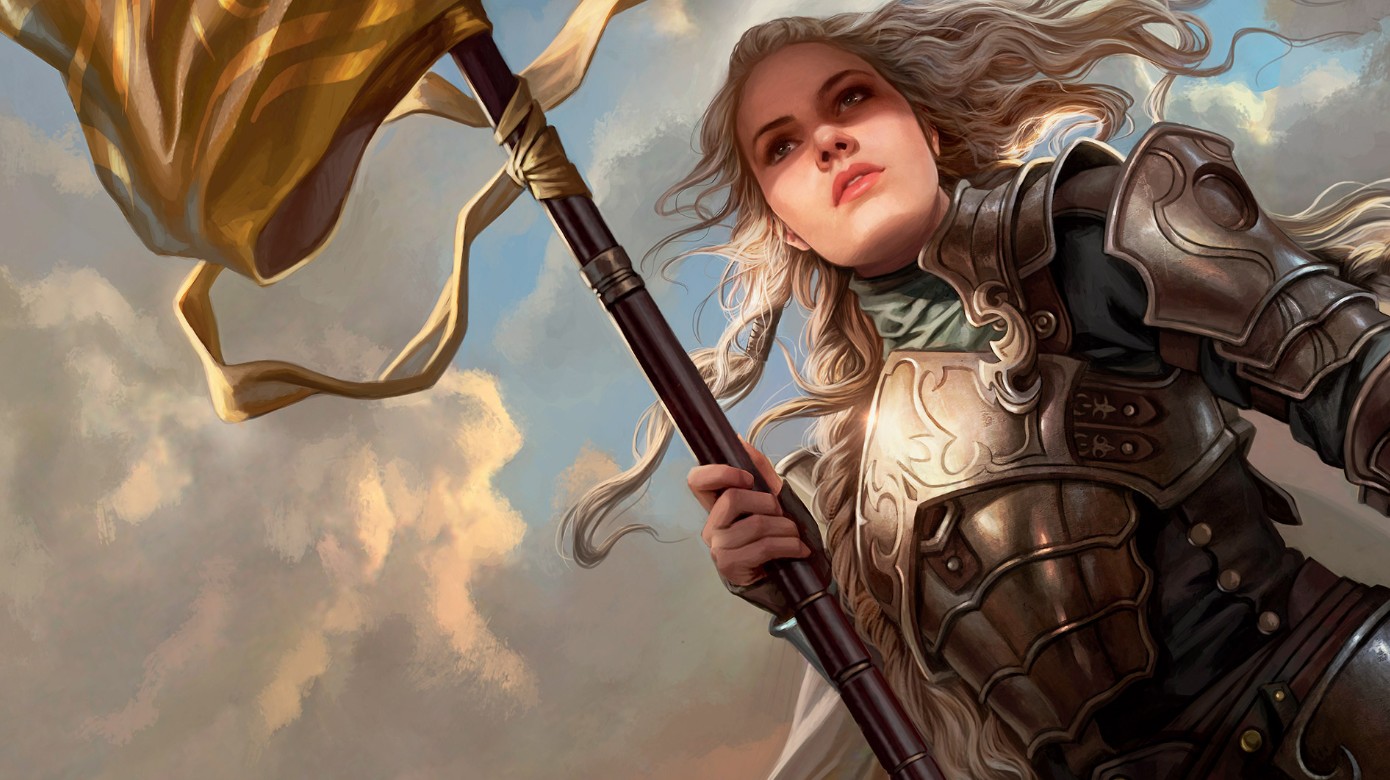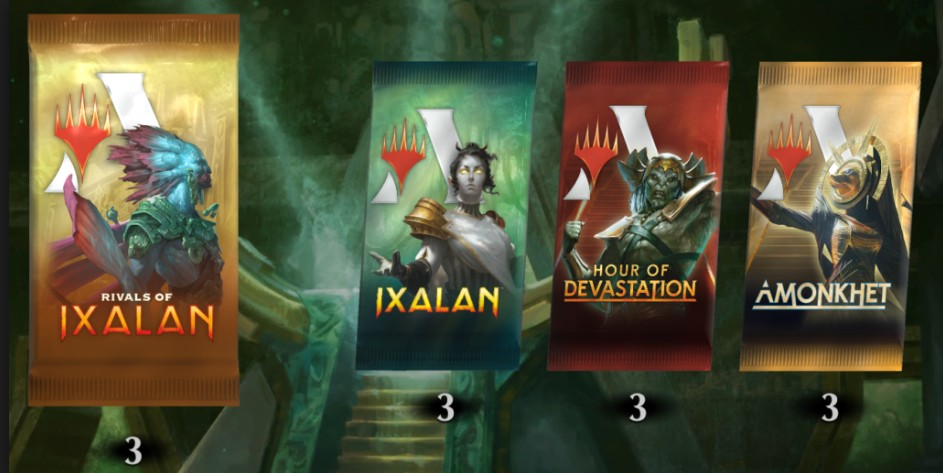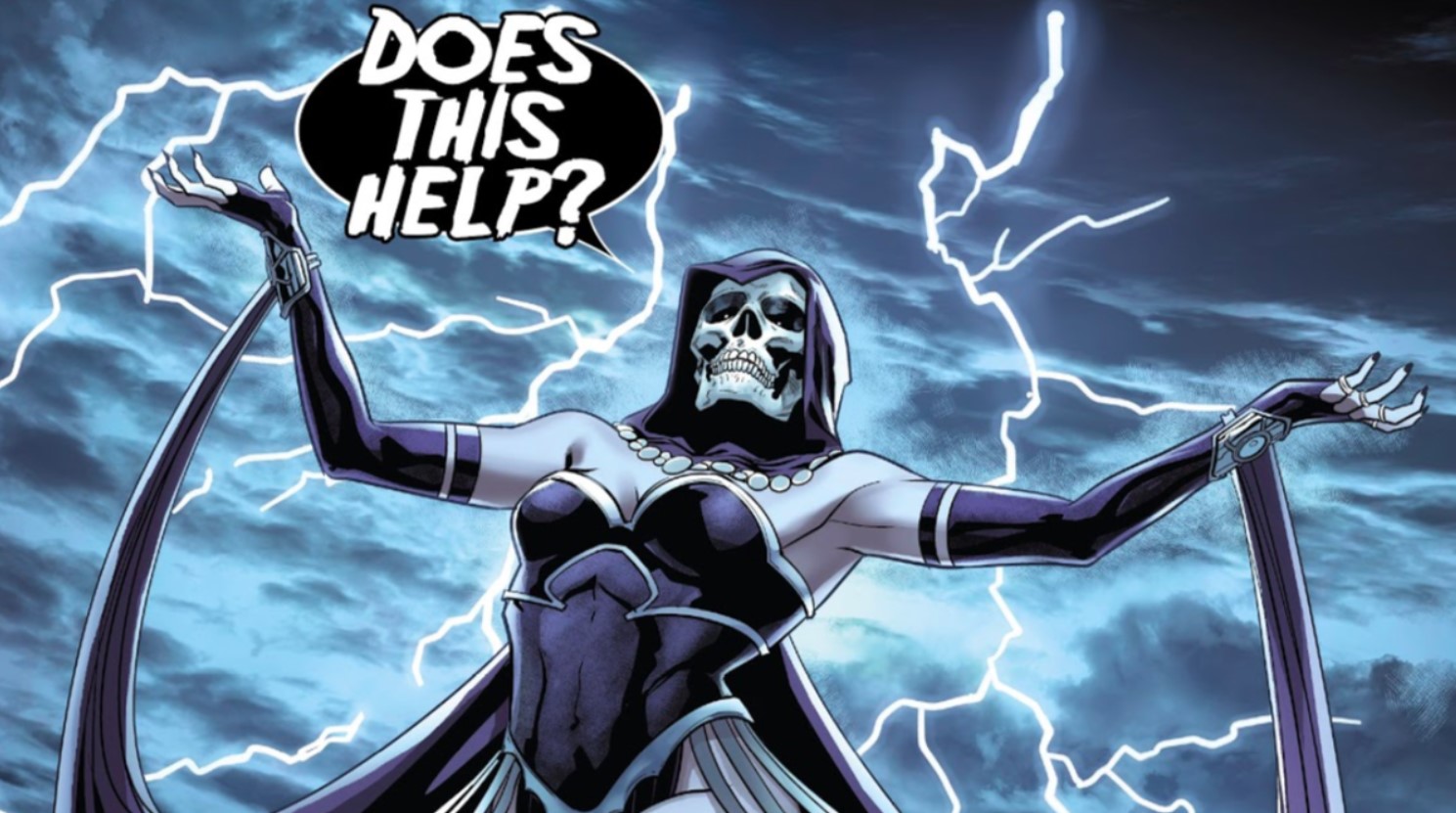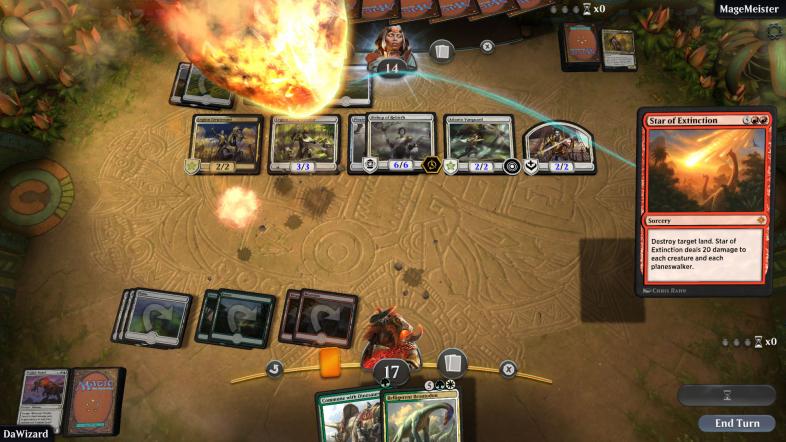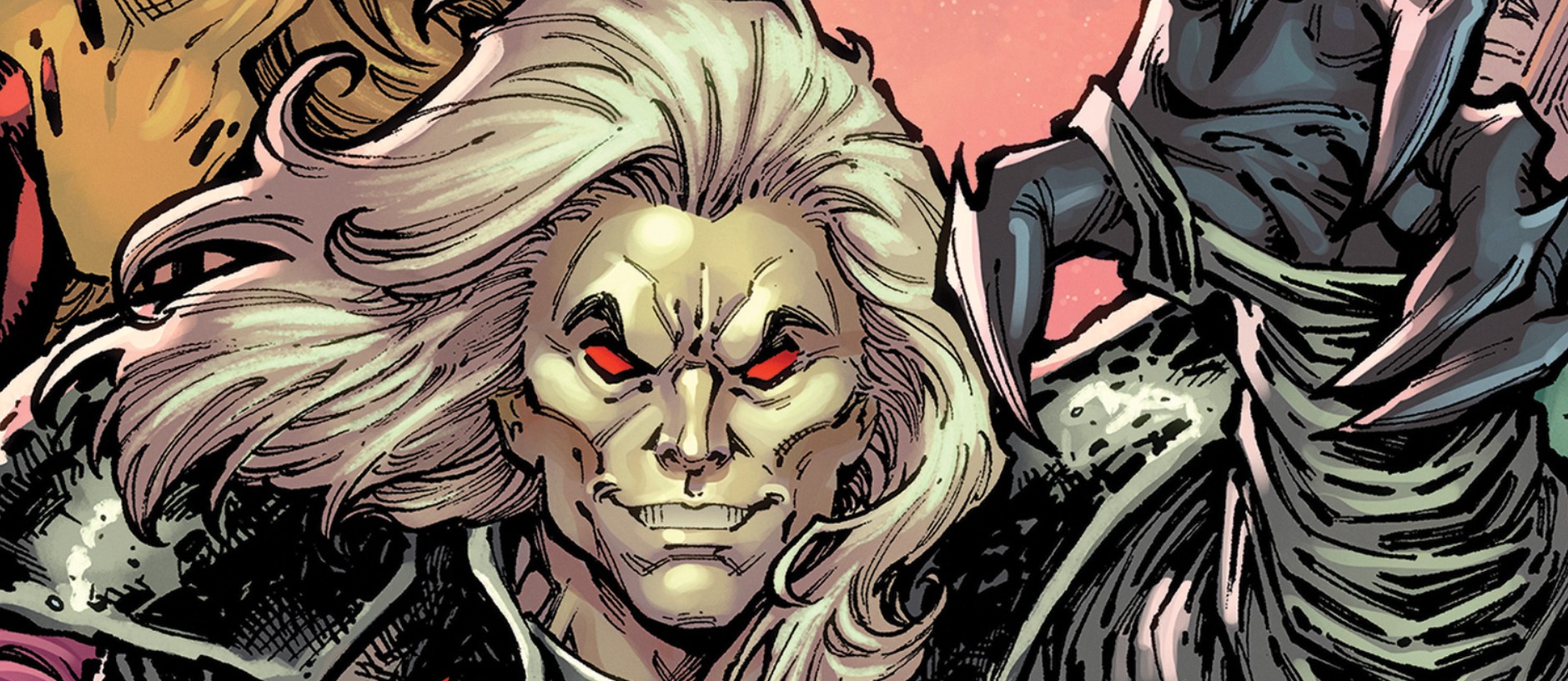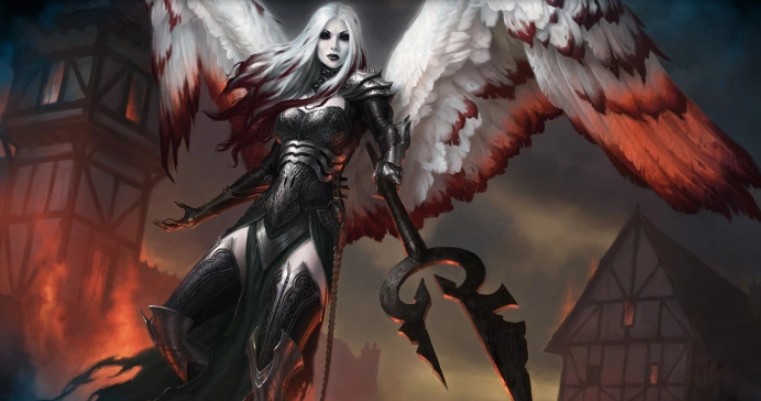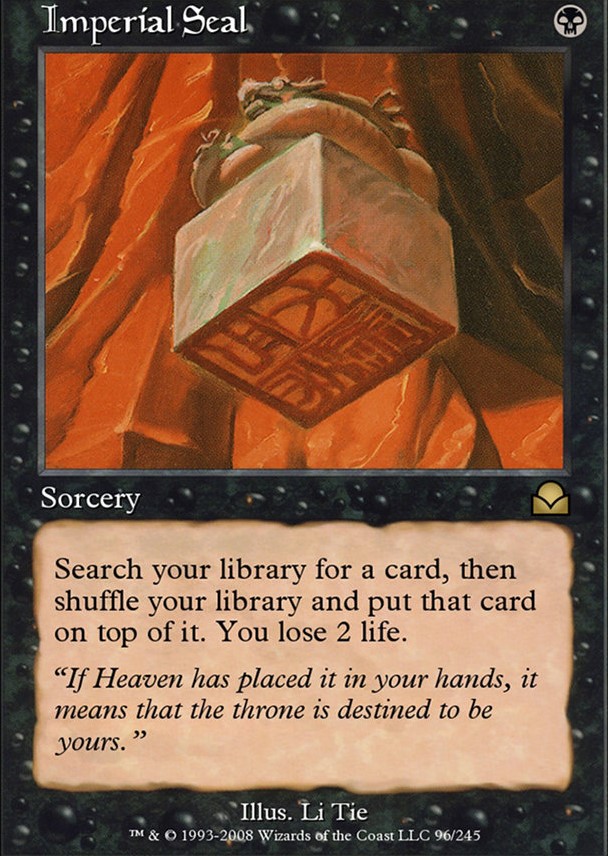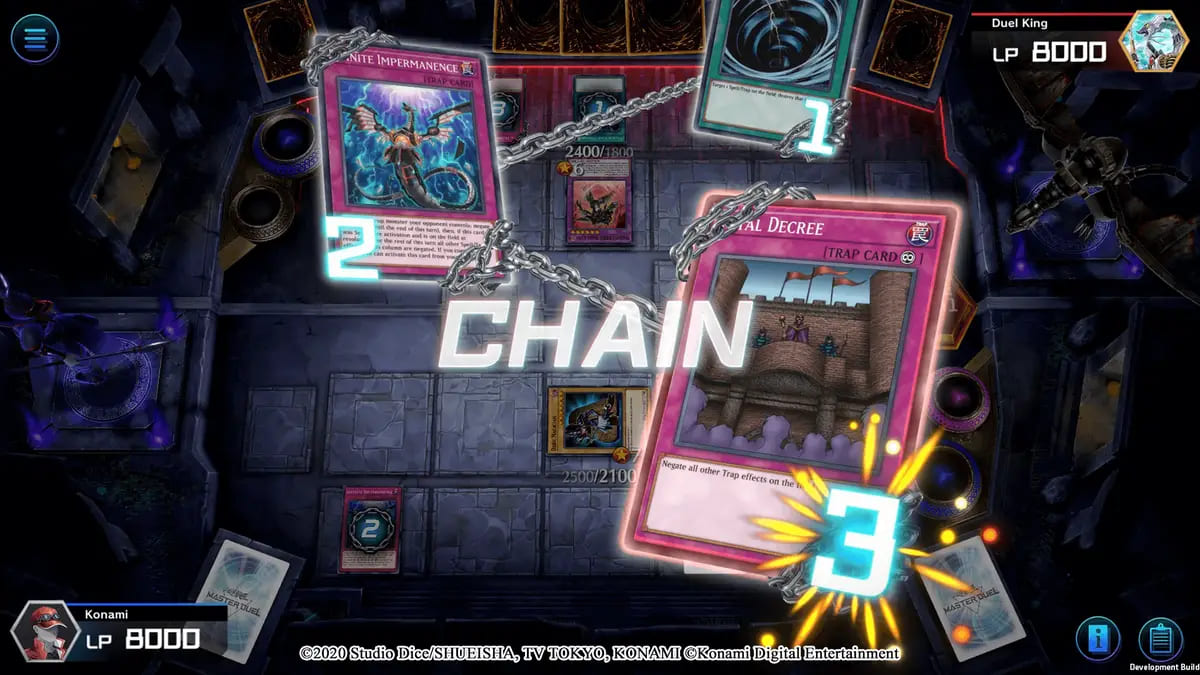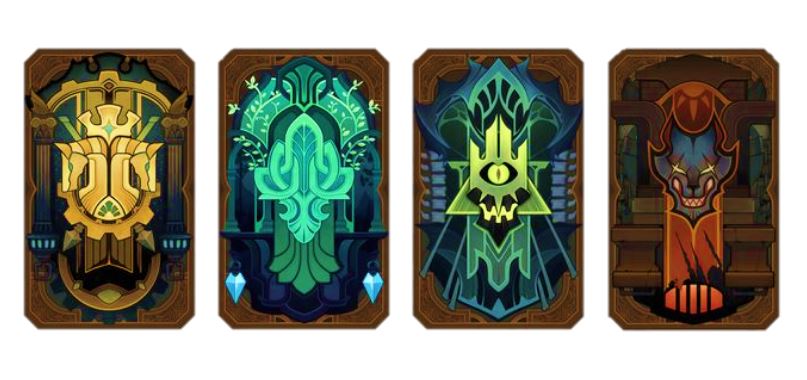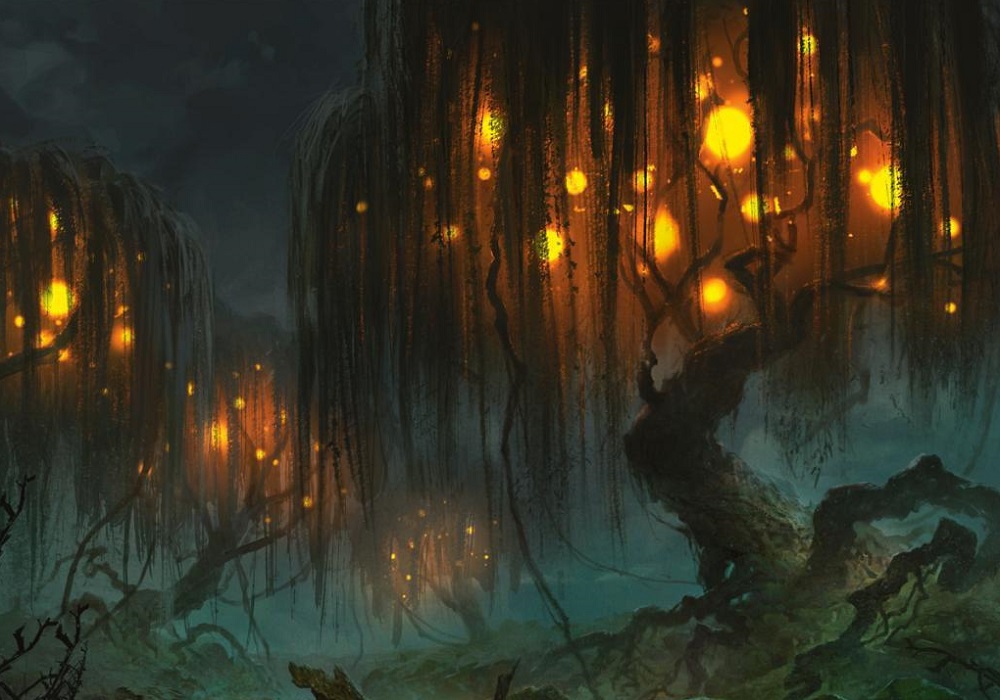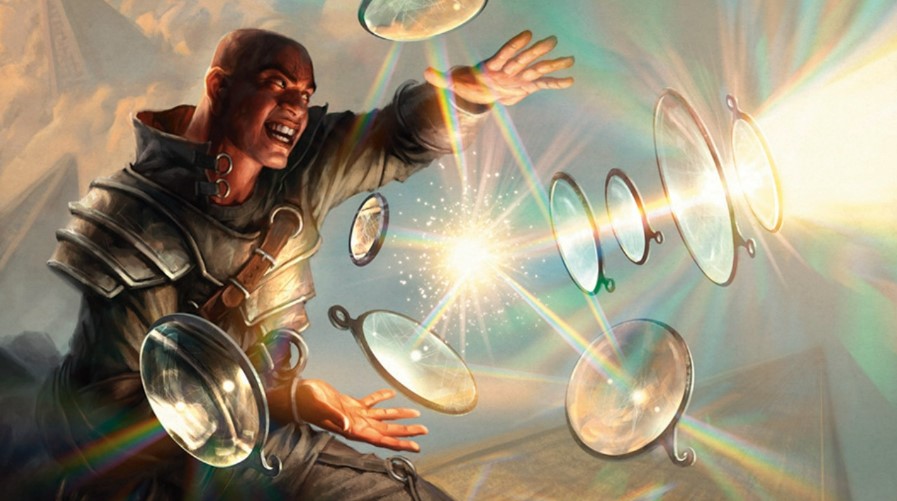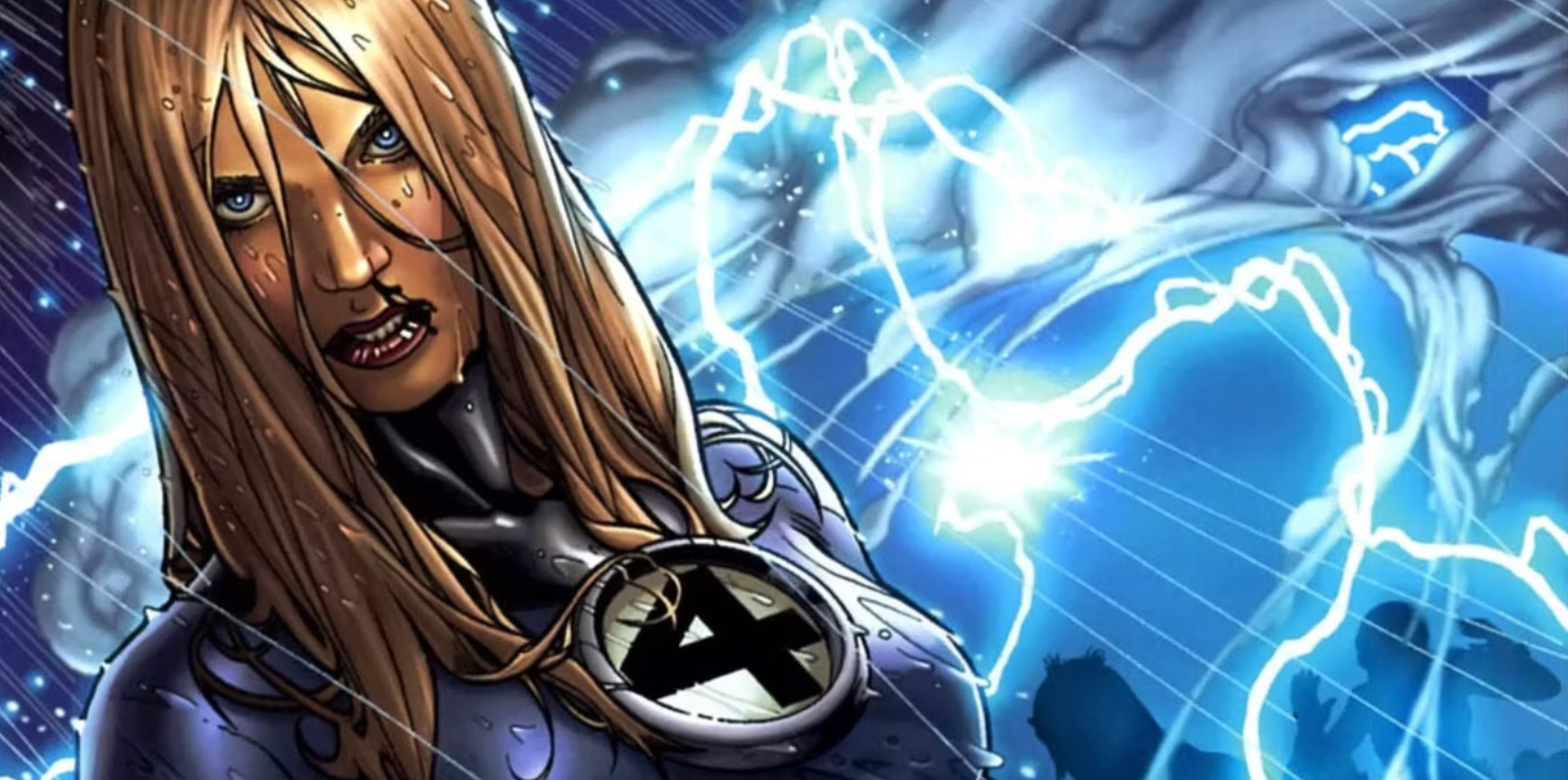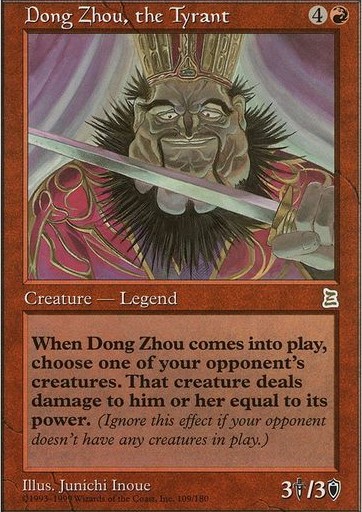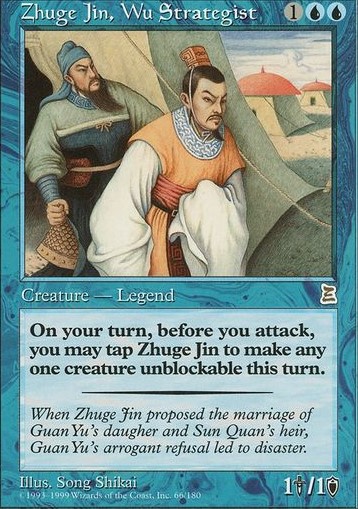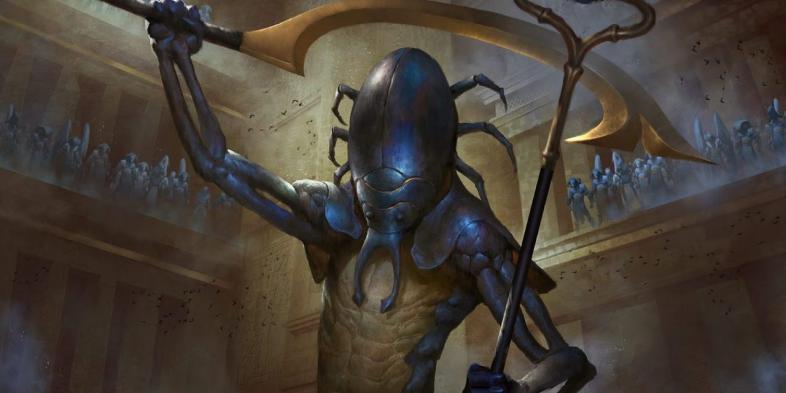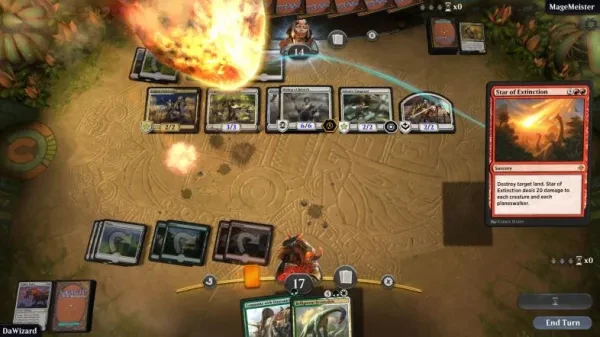
MTG Arena Guide, Tips and Tricks
What is Magic: The Gathering Arena?
MTG: Arena (MTG: A) is a new digital product from Wizards of the Coast (WotC). The game was initially referred to as Magic Digital Next. The design team’s mission is to take the game you love and deliver it in a modern, digital product. The Arena team wants to make an exciting, modern adaptation that is as entertaining as a video game. The game is currently in beta testing, which you can apply for on the WotC Website.
Below is a discussion of MTG: Arena in two parts. The first is a breakdown of the game and what it brings in terms of Magic. The second part is a breakdown of how to approach deck building and playing.
MTG Arena Announcement Video
Arena Overview
Play Like You’re at the Kitchen Table
The goal is to create an experience as fun as playing magic in your kitchen. Kitchen table Magic is the lifeblood of the game, and through Arena you can play with friends around the world. Since the game is free to play it is accessible to anyone in your playgroup with a laptop. This product feels like a cross between MtGO and Duels of the Planeswalkers (DotP), which makes it a comfy middle ground for a social gaming experience.
Not Replacing Magic Online
This product is not meant to replace Magic Online (MtGO); instead, it is intended to appeal to a broader market. It features a new machine-learned rules engine capable of reading any magic card they can put out. Hopefully, this will minimize bugs and keep the developers free to work on the game in other ways.
Aesthetics
The aesthetic of Arena is something else. Looking at it, it feels like their real goal was to give you an interactive digital art gallery. Your monsters charge your opponent head-on. Dying creatures fittingly wither away. Lands even enter the battlefield with an earth-cracking ‘thwack.’
Beautifully but subtly animated backdrops serve as your game board, bringing you into the battlefield below. Lighted indicators describe the action as it unfolds, making the game both easy and satisfying to watch. Abilities and effects in the game also feature unique animations. I’ve witnessed a Sacred Cat getting mummified, and it was glorious.
Gameplay
MTG Arena Gameplay
The game will be familiar to those who have played magic and their previous digital products. But there are tutorials and guides available if you feel stuck. There is a slight difference in how the game is set up, with the board looking somewhat unfamiliar at first glance. Players will quickly identify the familiar game elements and appreciate the changes, which are mostly minor.
Deckbuilding will be familiar to anyone who has played DotP or MtGO. Matchmaking is more like MtGO than Duels. The controls are much more intuitive than any other digital Magic game on the market.
The Card Pool
The card pool currently includes Ixalan, Amonkhet, and Dominaria. The limited card pool is integral to the accessibility of the game and keeping what happens within WotC’s sensitive design parameters. In a lot of ways, this will be ‘pure’ Magic, the way it was intended. The game will grow in depth as a 1,000 new cards are going to be added a year, keeping the game fresh.
Formats
Currently, the only two formats are standard-like constructed and draft. Standard is similar to Magic Online with constructed tournaments firing on demand. Weekend drafts are available, with players drafting against a pod of CPUs and then entering a tournament. These changes open up the draft format, lending more diversity to the decks you will see.
Playing MTG: Arena
Now let’s talk about actually playing (and winning) the game. To understand how to win, first, you must understand what deck you will be playing and which decks you will face.
Getting Cards
Cards come in 8 card packs, with 14 card packs for drafts. Through quests, you can earn more gold in-game, with which you can enter events and buy packs. Events payout in gold, with a record-based prize structure. Additionally, packs will occasionally contain wildcards which you can redeem for any card of equal rarity. Excess copies of cards and victories earn you points which can be redeemed in the Vault for a special pack of powerful cards.
You can also buy gems directly for cash, which you can spend like gold. Trading will not be allowed. This changes the nature of the game and makes it more luck-of-the-draw.
Rather than commit to a deck from the meta outright, it might be easier to acquire packs and simply save your wildcards. You can start with the preconstructed deck most like the deck you want to play. After a short time, you should have the cards for a major archetype. Wildcards are key, as they are the only real substitute for being able to trade.
Deckbuilding
Looking at how others use their cards can help you get better. Whether you’re looking for a list to build or how to tune your list, websites like Aetherhub.com are an invaluable tool.
Another way to manage deck building is to look at the whole card pool to try to figure out what you want. Go to any card index and look up Amonkhet, Ixalan, and Dominaria. From there you can get a feel for what’s out there.
Looking at the card pool in depth is also a good way to find solutions for “problem cards.” Identifying what cards beat you and how they work with the other cards available could be just the edge you need to get back at the competition.
Aggressive Strategies
If you want to turn creatures sidewise and kill your opponent quickly, look no further. Aggro is probably the easiest way to be successful on Arena. You have a lot of efficient, modern threats in white and red. Keep your card picks cheap as you want to curve out at four mana at the most. This lets you keep the pressure up early and flood the board by turn four or five for a quick kill.
Lightning Strike might be the all-star for aggro. While the format is new, it’s hard to beat the efficiency of three mana for two damage. Wizard’s Bolt comes in a close second, but you need at least eight Wizard creatures to have a shot at getting the discount reliably. However, the burn provides essential reach in a format that often leads to stalemates on the ground.
Control Strategies
If you are the type of player who wants to live and die by the strength of your decisions then control is for you. You have every option you need, it’s just a matter of discipline and forethought. For the first time in a while, draw-go control is both viable and powerful. Draw-go control is the deck that prefers to react on its opponents turn rather than be proactive. It values cards more than anything, even life.
Don’t think about playing control without playing blue, where the massive counter-suite that is available is hard to beat in terms of one-for-one value. Blue-Black and Blue-White are both fine options for control in this format. Plenty of cards do their best Mana Leak impression, letting you control the early game with ease.
Both white and black have their fair share of removal. White’s removal is broader but tends to be slower. Relying on expensive enchantments and sorceries. Black has conditional removal at a number of mana costs and for a variety of situations. What probably gives the edge to white here is access to a board wipe in Dusk//Dawn and the well-positioned Settle the Wreckage. The win conditions also differ, with Blue/White (U/W) Approach presenting a creatureless Approach of the Second Sun as an inexorable pathway to victory.
Aggro-Control Strategies
Aggro-control, or Tempo, is rarely so good as it is today. These deck types excel because of their versatility, able to play both offense and defense on a moments notice. You are usually running a small suite of effective creatures backed up by powerful protection spells and answers. Blue/Red (U/R) Wizards is the perfect shell for dominating the meta in style, given the number of powerful threats and top-tier spells available. Wizard synergies are crucial to this deck, as the discounted mana costs provide a lot of flexibility.
Midrange Strategies
If control isn’t king, midrange is. These strategies revolve around simply playing the best creatures between 2-5 mana and the best removal spells available. The underlying strategy is to out-trade your opponent on quality and value. Both White/Black and Red/Green have superb options available. If you think you’ll do well with an attrition strategy, I recommend Black/White (B/W). Red/Green (R/G) is best suited for a play style in which brute force and resilience are your best assets.
Creature Choice
The creatures you run depend on your strategy. Aggro decks look to curve out by turn four, running maybe one four- drop (four mana creature) at the top of their list. Control rarely wants creatures before turn 5 unless they contribute to card selection or advantage. Tempo wants to avoid threats that cost too much for too little or that can’t protect themselves. Midrange decks are the real winners in this format, as the best creatures are found between 3 - 5 mana.
When considering creatures, you should ask yourself “How do I want to win?”. Regardless of the colors or archetype, you are in, the creatures you want are probably out there. White, Blue and Red offer the best options in evasion with a number of fliers and unique enter the battlefield effects that can dominate a game. Green offers the best bodies for your buck, which can fit into any midrange or control strategy. Green is underrepresented in control, with many of its best threats going unnoticed by aggro and midrange players.
Mana fixing & Lands
Mana fixing is good right now with ample dual lands available. The checks and cycling lands work somewhat well together, giving you flexibility. The cycling lands aren’t great but you would do well to run them in small numbers. The cycling ability is an underrated way to be flexible. Few decks are playing more than two colors and I would recommend keeping it narrow unless you are splashing a third color in a green deck.
If you are having trouble in a non-green deck with mana, the issue might be the number of lands you are running. You should have about a third mana in your library barring special circumstances. However, the deviation depends on the archetype. Control will likely want 24 - 26 lands to avoid missing land drops and support their late-game plan. Aggro and Tempo tend towards 21-22, with RDW sometimes running fewer than 20/. Midrange decks are usually comfiest with 22-24 lands.
Card Advantage
The game usually comes down to who draws more cards. It is rare to find good card draw outside of blue of black. What’s noteworthy in this format are the number of strong creature across colors that draw cards. Green most of these creatures, leading to some interesting Green/Red and Green/White builds with staying power.
Play as few cards as possible while still maintaining pressure on your opponent. Rushing your threats onto the field before you need them is an unnecessary risk. If your deck can’t draw more cards, you need to reach the finish line before you are outpaced by the player across from you. Board wipes and 2-for-1 potential is high, so don’t overextend either. The easiest way any creature deck can lose is to play out their hand into a timely Dusk or all-out attack into a Settle the Wreckage.
Removal
Arena has an absurd amount of removal. Green has fight spells and creatures. Red has incredible burn and reach. Black has a lot of situational removal with broad conditions and removal attached to creatures like Ravenous Chupacabra. White has a lot of high-quality, multi-purpose removal in the form of enchantments and sorceries. Blue even has a slice of the pie with bounce and a board wipe.
If you are deckbuilding and are looking to deal with problem creatures, consider splashing another color. Green and Blue decks need the most help, with red needing a little less. Green decks would probably benefit from black’s efficiency in cost and speed, given they can easily deal with other permanents. Blue and white go well together as anything you can’t counter you can snare with white enchantments. Red could go either way for removal and be happy, but black is probably best suited for aggro and midrange builds.
You should be judicious with your use of removal. Remember that whatever threats you are facing, your opponent likely hasn’t played their best threat yet. It is important to be critical when evaluating which threats to remove and when. You can sometimes afford to take a few hits from weaker creatures if it means saving yourself down the road.
Planeswalkers
If you’re having trouble with planeswalkers consider splashing red, white or black. If none of those removal spells fit in your deck, consider changing strategies. More aggressive decks or decks with counters care a lot less about planeswalkers than you might think. If they can’t kill it effectively they can usually call the player’s bluff and kill them instead.
On the opposite side of the table, don’t play a planeswalker you can’t protect. While many can provide limited protection for themselves, few can do it on their own. Consider where the ‘walker is on your curve and what threats you have in-color that can protect your field. Planeswalkers are about accumulating advantage, so the longer they stick around the better.
Consider the flexible planeswalker Teferi, Hero of Dominaria. He does everything from protecting himself to drawing you cards. He even builds towards a finish, with a game-winning ultimate. Teferi’s main drawback is his mana cost, which is on the borderline of playability. You’re only going to be able to fit him in a control shell, but he’s good enough to be the centerpiece.
Life Total
Remember that your life total is a resource, not a score. This is especially true for non-aggro decks. Your life points represent a clock. You have as many turns as it takes for them to kill you to win the game. You spend life to buy time in magic, and the easiest way to lose is to defend a life total with no clear plan on how to spend it. When you’re playing, ask yourself if you would pay a life to gain an advantage on the field.
Tempo
Tempo is an important concept to consider in Magic. It can most easily be thought of as “Who’s farther ahead?” This is a difficult thing to know, so consider a matchup between an aggro and a control deck. If the aggro pilot is playing threats and reducing the clock with cards in hand, they are ahead on tempo. If you are the control player and you are answering them threat-for-threat while taking minimal damage, you are ahead as long as you are making land drops.
Lines of Play
Like Chess, Magic is a game of parallel thought. You need to consider your cards as pieces and think of how they interact with other pieces to create distinct plans. Once you get a sense of how these pieces come together you can create, evaluate and commit to different lines of play. The order you play your spells in matters and you shouldn’t leap into anything. Try not to think solely about what is on the battlefield right now, but how the game can progress in the next few turns.
Drafting
There is no greater skill test in magic than drafting. There are a number of strategies to consider which can greatly improve your game. Cards can be conceptually split up into threats, removal, acceleration, and fixing. It is important to consider that the largest number of cards you will see will be creatures, which makes them a lower priority in drafting than you might initially gauge.
First and foremost, you should not build your deck according to your first pick. Nor should you pick a rare or uncommon just because this is your first pack. The best first picks are extremely powerful cards that end the game or excellent utility cards. You should value solid removal or acceleration over good threats unless it is a game-ending bomb.
Remember you draft 42 cards to make a deck with roughly 22 non-land cards in it. You take a number of cards you won’t use, so it’s okay to take risks and keep an open mind. As you see cards throughout the draft pay attention to which colors are being passed. If you see a color that has a plethora of cards available you should consider taking more of that color. Remember you are probably going to play a two-color deck.
You are drafting with CPUs who don’t play in the event, but it is still worthwhile to pay attention to what you are passing. It will remind you of the options in the format and help you value your threats and answers in context. Nothing is in a vacuum in magic. If you see a card that would kill most of the cards you are passing, it is high-quality removal.
System Requirements
This game has minimal requirements for a modern machine. Here’s hoping for mobile!
- OS: Windows 7/8.1/10 (64-Bit)
- Processor: Intel Core i5
- Memory: 4GB
- Graphics: 1024MB VRAM
- Resolution: 1280 x 720 minimum display resolution
- DirectX: Version 10/11/12
- Network: Broadband internet connection
- Sound Card: DirectX-compatible sound card
You may also be interested in:



